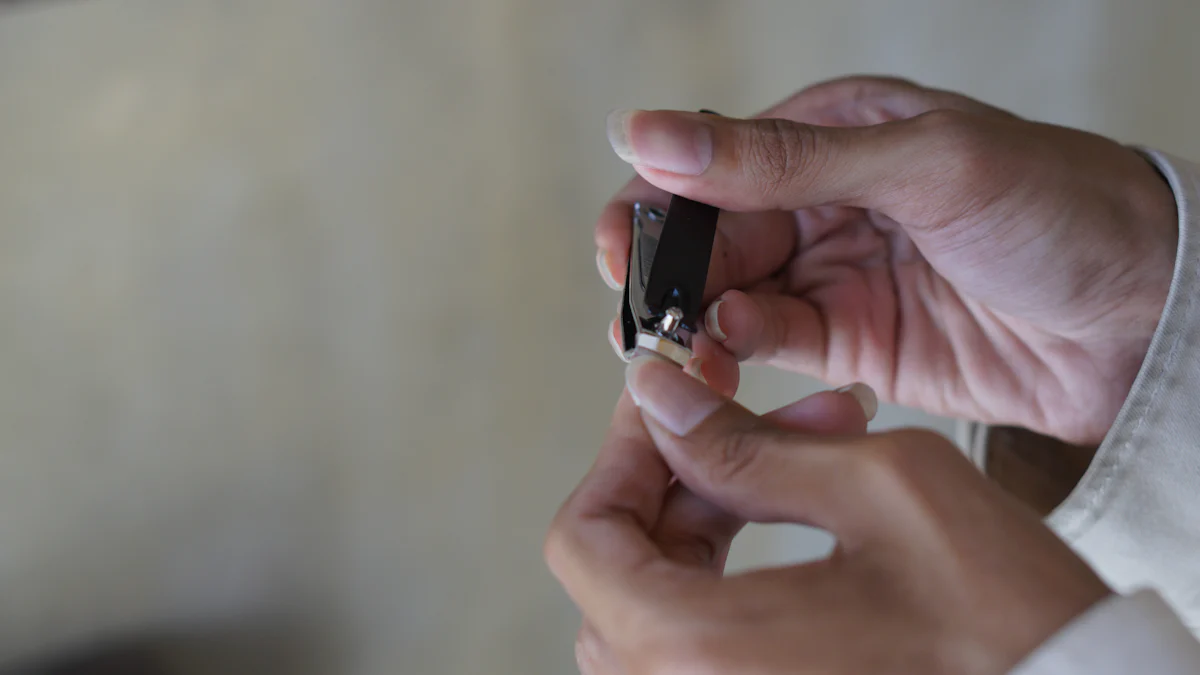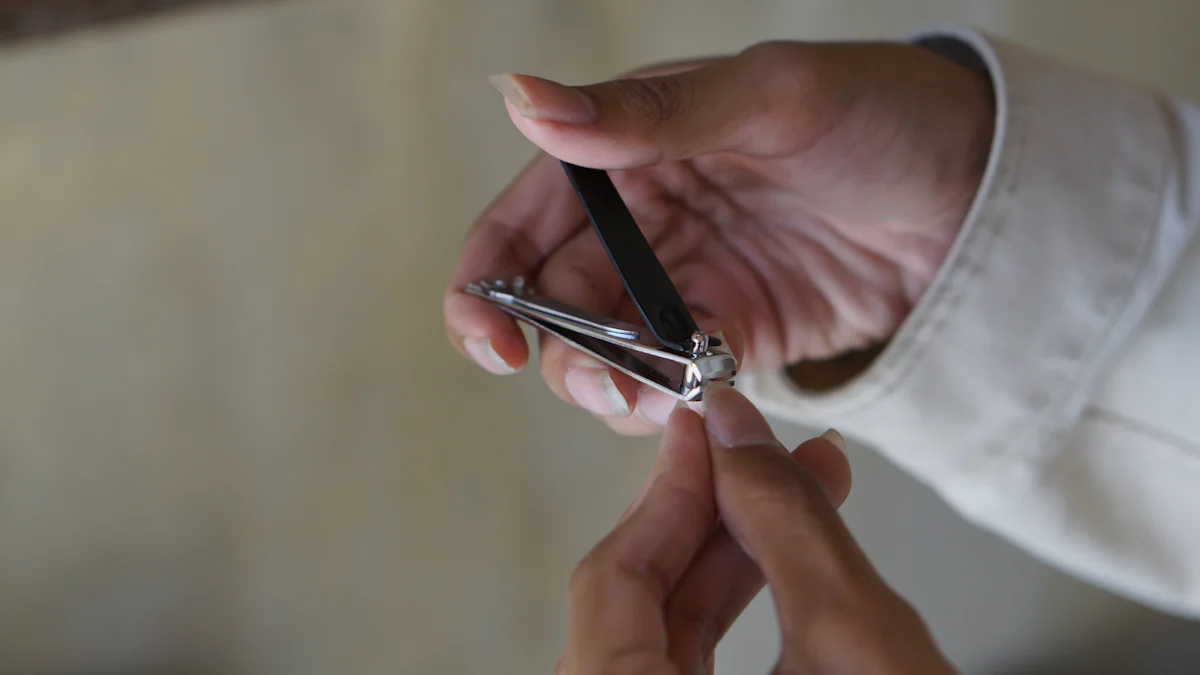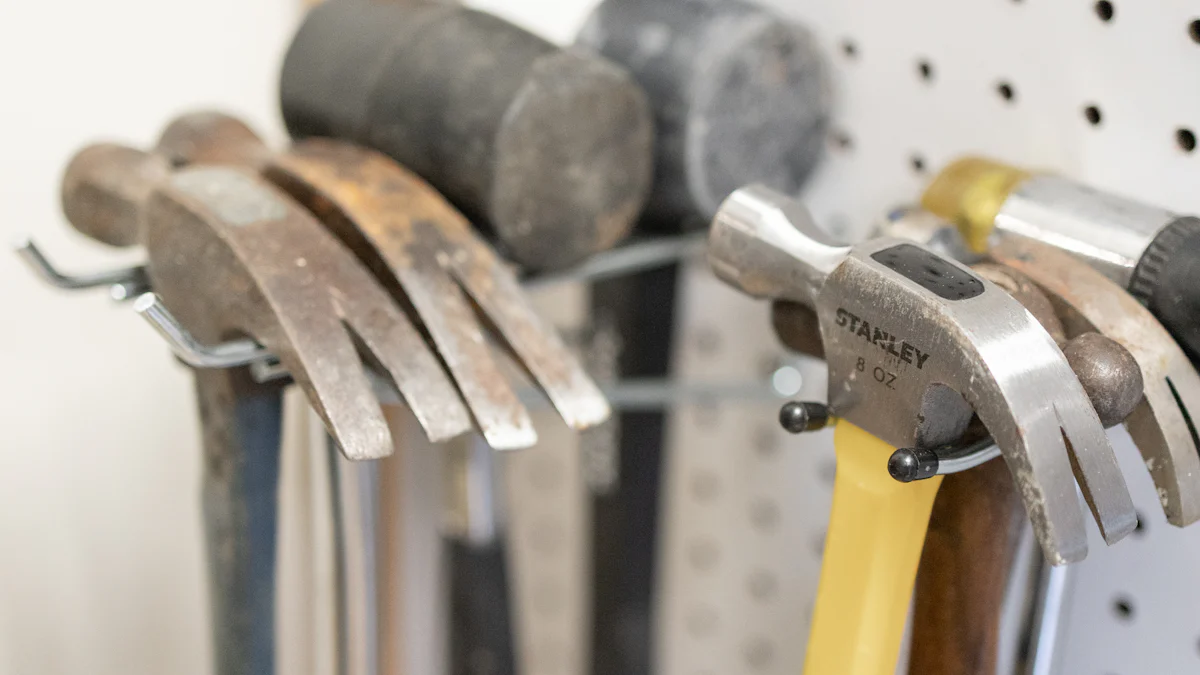
A hand swager tool is a specialized device used for crimping or swaging wire ropes. Proper use of this tool ensures secure and professional connections. Incorrect usage can lead to weak connections, posing safety risks. Hand swagers, such as the ARM Sangyo models, make working with cables fast and easy. These tools are essential for various applications, including rigging wire ropes, making snares, and creating extension cables. Ensuring correct technique and handling will maximize the effectiveness and longevity of the tool.
Understanding the Hand Swager Tool
What is a Hand Swager Tool?
Definition and Purpose
A hand swager tool is a specialized device designed for crimping or swaging wire ropes. This tool ensures secure and professional connections by compressing sleeves onto cables. The primary purpose involves creating strong, reliable joints in wire rope assemblies.
Common Uses
Common uses of a hand swager tool include rigging wire ropes, making snares, and creating extension cables. These tools are essential in various applications such as marine rigging, construction, and DIY projects. The ARM Sangyo Hand Swage Tools make working with cables fast and easy, enhancing efficiency and precision.
Types of Hand Swager Tools
Manual Swagers
Manual swagers require physical effort to compress the sleeves onto the cables. These tools are suitable for small-scale projects and occasional use. Manual swagers offer portability and ease of use, making them ideal for DIY enthusiasts.
Hydraulic Swagers
Hydraulic swagers use hydraulic pressure to compress the sleeves, reducing the physical effort required. These tools are more suitable for large-scale projects and professional use. Hydraulic swagers provide consistent and precise results, ensuring high-quality connections.
Key Components
Handles
The handles of a hand swager tool provide the leverage needed to compress the sleeves. Ergonomically designed handles reduce hand fatigue and increase comfort during use. Proper grip on the handles ensures effective swaging.
Dies
Dies are the interchangeable parts that determine the size and shape of the swage. Different dies accommodate various cable sizes and sleeve types. Selecting the correct die is crucial for achieving a secure connection.
Adjustment Mechanisms
Adjustment mechanisms allow users to fine-tune the tool for specific tasks. These mechanisms ensure the correct amount of pressure is applied during swaging. Proper adjustment enhances the accuracy and reliability of the connections.
Preparation Before Use
Selecting the Right Hand Swager Tool
Matching Tool to Material
Choose a hand swager tool that matches the material of the cable. Different cables require specific tools for effective swaging. Ensure the tool specifications align with the cable type and size.
Checking Tool Condition
Inspect the hand swager tool for any signs of wear or damage. Check the handles, dies, and adjustment mechanisms. Ensure all parts function correctly to guarantee safe and efficient use.
Gathering Necessary Materials
Types of Cables and Fittings
Collect the appropriate cables and fittings for the project. Different projects may require various types of cables, such as stainless steel or galvanized wire ropes. Select fittings that match the cable specifications for a secure connection.
Safety Gear
Wear proper safety gear to protect against potential hazards. Essential safety gear includes gloves and safety glasses. Gloves protect hands from sharp edges, while safety glasses shield eyes from debris.
Setting Up the Work Area
Ensuring a Stable Surface
Set up the work area on a stable and flat surface. A stable surface prevents the tool from slipping during use. Stability enhances precision and safety during the swaging process.
Organizing Tools and Materials
Organize all tools and materials within easy reach. Arrange the hand swager tool, cables, fittings, and safety gear methodically. An organized workspace improves efficiency and reduces the risk of accidents.
Step-by-Step Guide to Using a Hand Swager Tool

Preparing the Cable
Measuring and Cutting
Measure the cable to the required length using a tape measure. Mark the cutting point with a marker. Use a cable cutter to cut the cable at the marked point. Ensure a clean cut to avoid fraying.
Stripping the Cable
Strip the cable’s outer coating using a wire stripper. Remove enough coating to expose the inner wires. Avoid damaging the inner wires during this process.
Inserting the Fitting
Choosing the Correct Fitting
Select a fitting that matches the cable size. Ensure the fitting material is compatible with the cable. Proper fitting selection ensures a secure connection.
Proper Insertion Techniques
Insert the cable into the fitting. Push the cable until it reaches the fitting’s end. Check that the cable fits snugly within the fitting.
Swaging the Fitting
Positioning the Tool
Place the fitting and cable into the jaws of the hand swager tool. Align the fitting with the jaw grooves. Ensure the jaws are at right angles to the fitting.
Applying Pressure
Close the handles of the hand swager tool completely. Apply steady pressure until the handles snap shut. This indicates complete closure and proper swaging.
Checking the Swage
Use a swaging gauge to check the swage diameter. Ensure the swage meets the required specifications. A proper swage ensures a secure and reliable connection.
Maintenance and Care

Cleaning the Tool
Removing Debris
Regular cleaning of a hand swager tool ensures optimal performance. Remove dirt and metal particles from the head, dies, and ram. Use a brush or compressed air to clear debris. Keeping these areas clean prevents damage and maintains efficiency.
Lubricating Moving Parts
Lubricate all moving parts to reduce friction and wear. Apply clean oil to the hinge pins, bolts, and screws. Follow the manufacturer’s recommendations for oil type. Avoid mixing different brands or types of oil to prevent deterioration of the seals. Regular lubrication extends the tool’s lifespan and ensures smooth operation.
Storing the Tool
Proper Storage Conditions
Store the hand swager tool in a dry, cool place. Avoid exposure to moisture to prevent rust. Use a protective case or cover to shield the tool from dust and damage. Proper storage conditions preserve the tool’s integrity and readiness for future use.
Preventing Rust and Damage
Inspect the tool for signs of rust or damage before storage. Clean and dry the tool thoroughly to remove any moisture. Apply a light coat of oil to the metal surfaces to prevent rust. Keep all bolts and screws tight to maintain the tool’s structure. Preventing rust and damage ensures the tool remains reliable and effective.
Safety Precautions
Personal Protective Equipment (PPE)
Gloves
Always wear gloves when using a hand swager tool. Gloves protect hands from sharp edges and potential injuries. Select gloves that fit well and provide good grip. Ensure the material of the gloves is durable and resistant to cuts.
Safety Glasses
Safety glasses are essential when operating a hand swager tool. These glasses shield eyes from flying debris and metal particles. Choose safety glasses that meet industry standards for impact resistance. Ensure a snug fit to prevent slipping during use.
Safe Handling Practices
Avoiding Pinch Points
Be aware of pinch points when using a hand swager tool. Pinch points occur where moving parts come together. Keep fingers and hands clear of these areas to avoid injury. Use the handles properly to control the tool and prevent accidents.
Proper Lifting Techniques
Use proper lifting techniques to handle a hand swager tool safely. Bend at the knees and keep the back straight when lifting. Hold the tool close to the body to maintain balance. Avoid twisting the body while carrying the tool to prevent strain.
Proper usage of a hand swager tool ensures strong and reliable connections. Following the outlined steps guarantees effective results. Adhering to safety tips, such as wearing safety glasses and gloves, prevents injuries. Avoid using the tool near electrical wires or panels.
Share experiences or ask questions in the comments section. Engaging with the community enhances learning and skill development.
See Also
Scooter Upgrades: High-Quality Parts for Optimal Performance
Winter Warmth: Cozy Guide to Fuzzy Towel Socks
Men and Women’s Sock Styles: A Diverse Exploration
